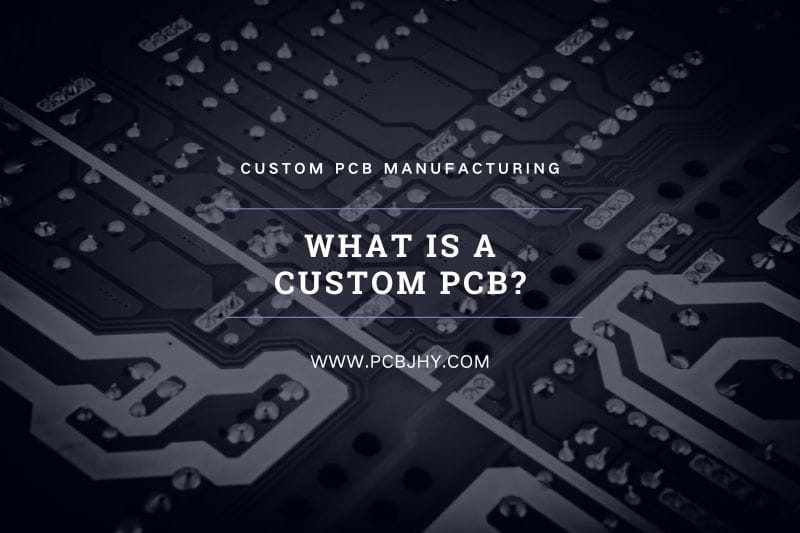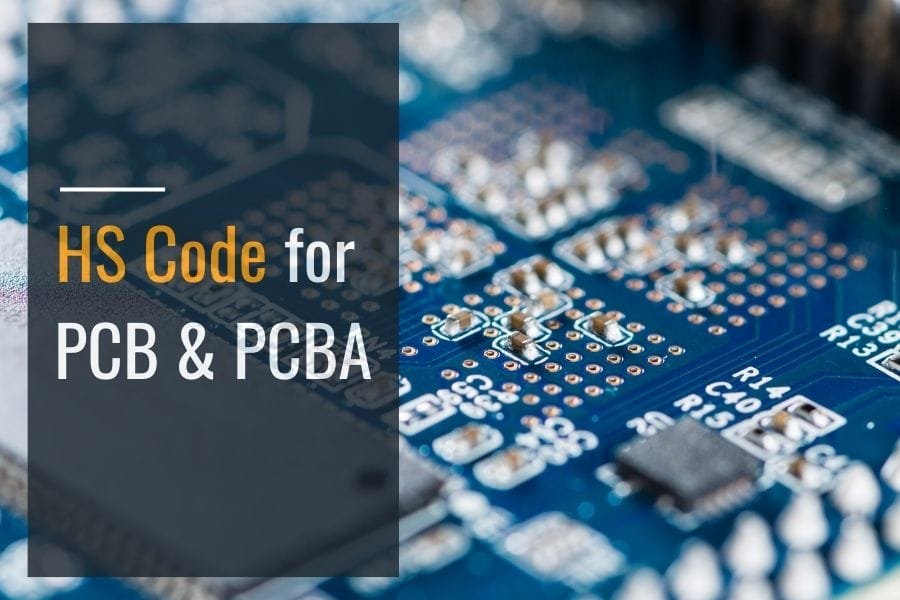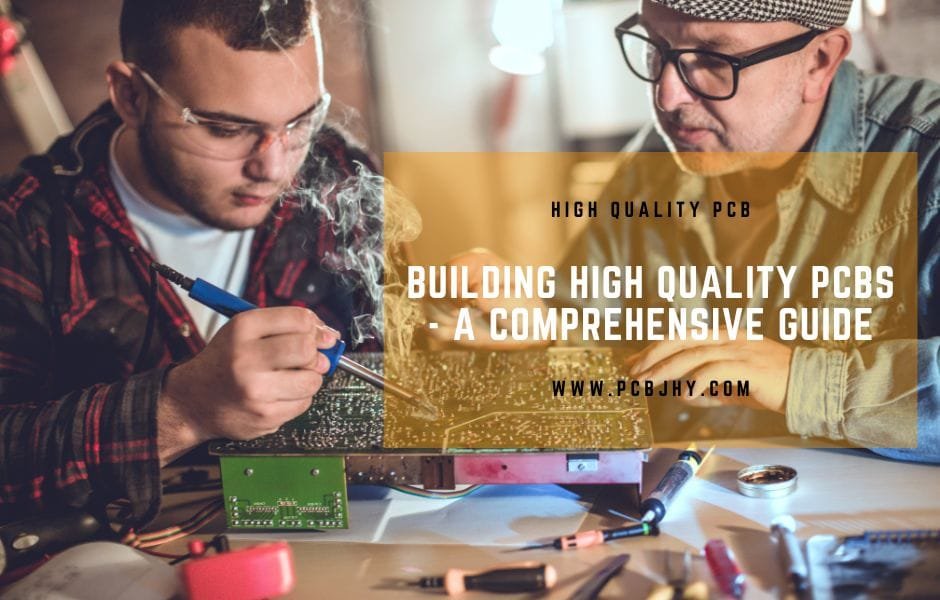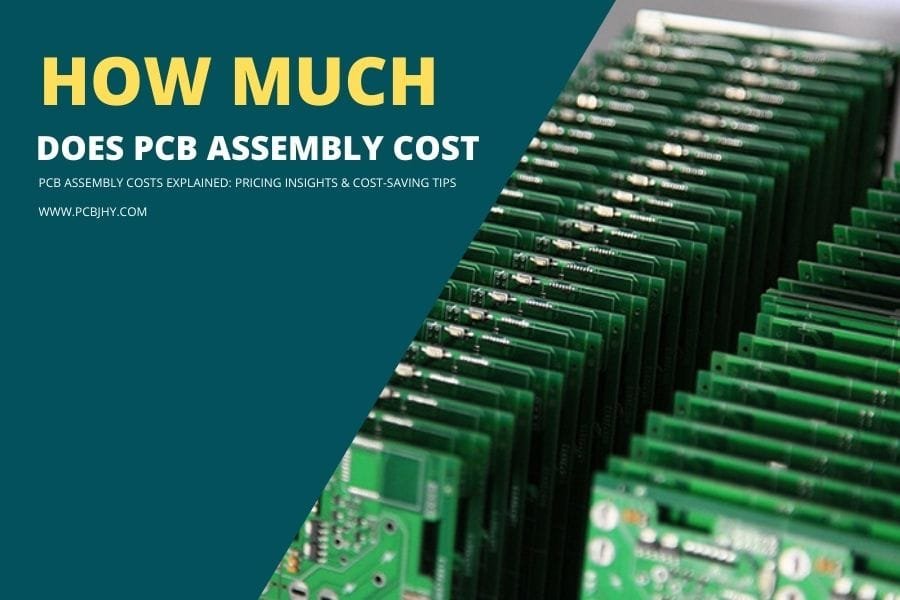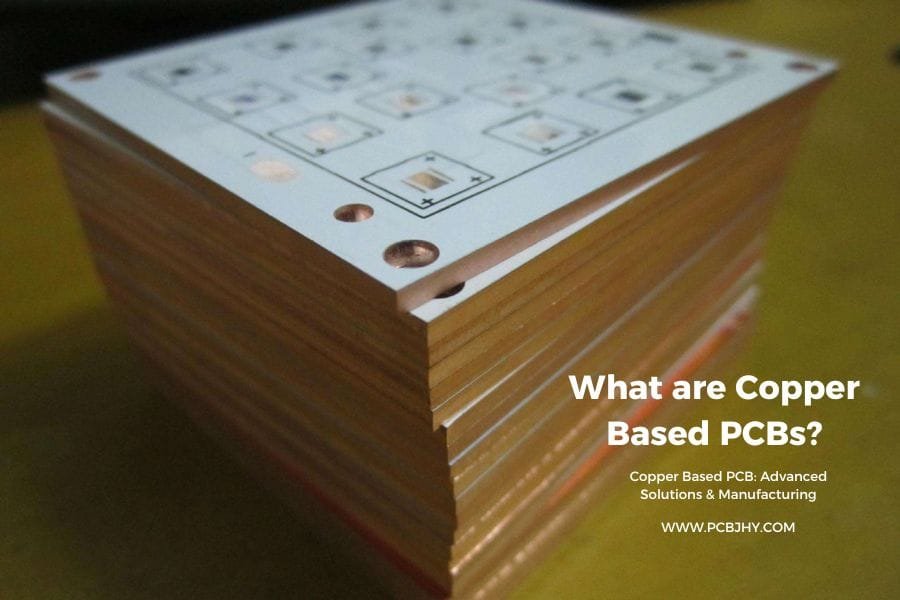PCBs are essential components of virtually all modern electronics. From smartphones to appliances, vehicles to industrial equipment, PCBs provide the foundation for any device with complex circuitry. PCBs are the platform for mounting and connecting electronic components using conductive tracks and pads etched from copper sheets laminated onto a non-conductive substrate. Standard PCBs with generic designs are available for common configurations. However, custom PCBs, tailored to specific design requirements, offer many advantages. Custom PCBs allow for size, layout, components, and performance characteristics optimization. By working closely with an experienced PCB manufacturer during the design process, custom PCBs can be created to meet the needs of new products under development. Custom-designed PCBs are often the best approach for electronics companies looking to build specialized devices.
What Are the Benefits of Custom PCBs?
Custom-designed PCBs provide many more benefits than standard off-the-shelf boards for your electronics manufacturing projects.
A custom PCB layout allows you to optimize the board to meet your specific design requirements. You can select specialized components that cannot be incorporated into generic boards. The layout can position components to minimize signal paths and reduce electromagnetic interference (EMI). Custom PCBs permit a board size and shape that perfectly matches your product design, enabling more compact and efficient packaging. A custom layout can enhance ruggedness and serviceability for products requiring high reliability and uptime. Advanced features like high-density interconnects or embedded components can also be added.
In summary, custom PCB development results in a solution purpose-built to deliver your functionality, quality, and cost objectives. The custom design approach allows you to tailor the board precisely to improve your product’s performance, reduce overall costs, and meet your project goals.
What Can You Customize in a Custom PCB?
- Base
The most important thing in a PCB is the base. It holds the other layers and components. While getting a custom PCB, the customer can select the base he wants. Various options are available, such as FR4, aluminum, copper, polyimide, Rogers, etc.
According to the requirement of the product, the base can be selected. For normal uses, FR4 is an ideal and affordable option. If you want a flexible PCB, you need polyimide. Other than that, there are metal core PCBs, which include aluminum, copper, etc. These are great for high-power applications, such as LEDs. - Number of Layers
The number of layers in any PCB defines its complexity. There can be 1-50 or even more layers in a PCB. These layers help in making the PCB design simpler. You will find separate layers of ground, power, and other signals. These layers are interconnected with the help of vias.
The designer designs the PCB and chooses the required number of layers. You can pick the desired number of layers while creating a custom PCB. - Size
You can customize the shape and size of the PCB according to the product. It can be made according to the available space. While ordering a custom PCB, you will have the option to select the width and length. - Transition Temperature
If you have chosen FR4 as the base material for your PCB, then you can select the transition temperature (Tg). It is the temperature when the FR4 material turns from hard to soft. It gives an idea of the heat resistance of the PCB. You can select the temperature according to the operating conditions of the PCB.
The normal value of Tg is 130-140ºC. You can go for the moderate (150-160ºC) or high (above 170ºC). - Thickness of Copper
The copper layer is very important in a PCB because it is the conducting layer. The condition of the electrical current depends on the amount of copper. Depending on the application of the PCB, you can customize the thickness of copper or its weight. - Thickness of PCB
The thickness of the PCB depends on the number of layers. However, you can also increase the thickness to make the PCB more durable. - Track Spacing
The conducting lines on a PCB are called tracks, and the spacing between them is called Track Spacing. The spacing is a must to offer minimum clearance between the conducting lines and prevent short circuits.
In a custom PCB, you are allowed to choose the track spacing. You can increase the track spacing if you are working on higher voltages. - Hole Size
There are holes in the PCB for connecting components, jumpers, screws, etc. Surprisingly, the size of the holes can be selected in a custom PCB. You can even get a drill-free PCB. - Silkscreen
PCBs have a silkscreen layer at the top. It indicates the placement of other components and other important things. It is a must in every PCB, and the user can select the color of the silkscreen. It can be white, black, yellow, etc. - Surface Finish
The bare conductor on the PCB is not directly exposed to air. Instead, there is a surface finish that is applied over it.
A surface finish is a special coating between the component and the bare board. It is a very important layer of the PCB because it prevents oxidation and keeps the copper, traces, and pads safe for a very long time.
There is a wide range of surface finishes available. Customers can choose from HASL, Immersion Gold, Immersion Silver, OSP, Immersion Tin, Gold, etc. - Solder Mask
A solder mask is a thin layer of polymer applied to the PCB. The solder mask’s main purpose is to prevent short circuits due to solder bridges. It creates insulation between the conducting lines. It also protects the traces from oxidation.
You might have seen Green, White, Blue, Red, and other colors of solder masks. You can select the desired color in a custom PCB.
The Custom PCB Design and Manufacturing Process
Developing a custom printed circuit board is an intricate process involving several steps. It begins with the PCB design phase using specialized CAD software. The design team creates detailed circuit diagrams showing the components and connections, known as schematics. These schematics are converted into layout files that map the physical board layout. The layout will determine the size, component placement, trace routing, and drill holes. Prototyping and testing refine the design before final manufacturing.
Working closely with your PCB manufacturer is crucial during the design process. An experienced manufacturer guides design rules, manufacturability, and costs. They can also assess how to optimize the board design for reliability, signal integrity, and fabrication yields. The board then goes through fabrication, which may involve multiple steps, including copper patterning, hole drilling, lamination, imaging, etching, testing, and finishing. The best PCB partners have robust quality control standards at every manufacturing stage. The result is a custom-designed PCB delivered to your specifications, ready to assemble components.
When Are Custom PCBs Recommended?
Custom-designed printed circuit boards are recommended for several situations:
- For new products under development – Custom PCBs can be tailored specifically to the design requirements of innovative electronic products, optimizing performance and manufacturability.
- When standard PCBs cannot accommodate size, layout, or component needs – Custom boards provide the flexibility to meet specialized physical or component requirements.
- For mission-critical electronics with high-reliability demands, Custom designs enhance fault tolerance, serviceability, and rigorous quality control.
- When the end product requires a compact, optimized PCB assembly – Custom boards can tightly integrate components and minimize footprint.
- For products with high-cost PCBs or large production volumes – Customization reduces per-unit costs. Tight integration drives down casing and assembly expenses.
- For advanced or dense circuit designs – Custom boards can incorporate the latest interconnect and embedded component technologies.
The custom PCB approach allows electronics designers to optimize the board to meet their specific performance, reliability, and manufacturing goals.
Get Custom PCB from JHYPCB
JHYPCB can make complex custom PCBs according to the buyer’s requirements. We can process small to large-volume orders and offer quick bulk manufacturing and prototype services. Our expert teams can handle simple to intricate designs and ensure optimal performance of the PCB. For any project, we are always at your disposal.
Custom PCB Manufacturing Capability
| Specifications | Custom PCB Capabilities |
|---|---|
| Layer Count | 1-64 Layers |
| Turnaround Time | Same Day - 3 Weeks |
| Quantity Req. | No MOQ, 1-10000+ |
| Materials | FR-4/Rogers/Polyimide/Aluminum Clad/High-TG FR4 |
| Surface Finish | OSP, Leaded & Leaded-free HAL, Immersion Gold/Silver/Tin, Electrolytic Hard Gold/Soft Gold/ |
| Board Thickness | Full Range Available |
| Solder Mask (LPI) | Various Color Options |
| Gold Fingers | Yes |
| Controlled Impedance | Yes |
| Blind/Buried Vias | Yes |
| Via-in-Pad | Yes |
How to Get a Custom PCB Quote?
There are four ways to get a custom PCB quote from JHYPCB.
- You can fill out our PCB online quote form and send us an inquiry request.
- You can visit our contact us page, fill in your information and submit it to us.
- Alternatively, you can send a Request for Quote directly to sales@pcbjhy.com by attaching your zipped files and providing information on the quantity and lead time required.
- You can also call+86-13825274100 directly for a quote.

